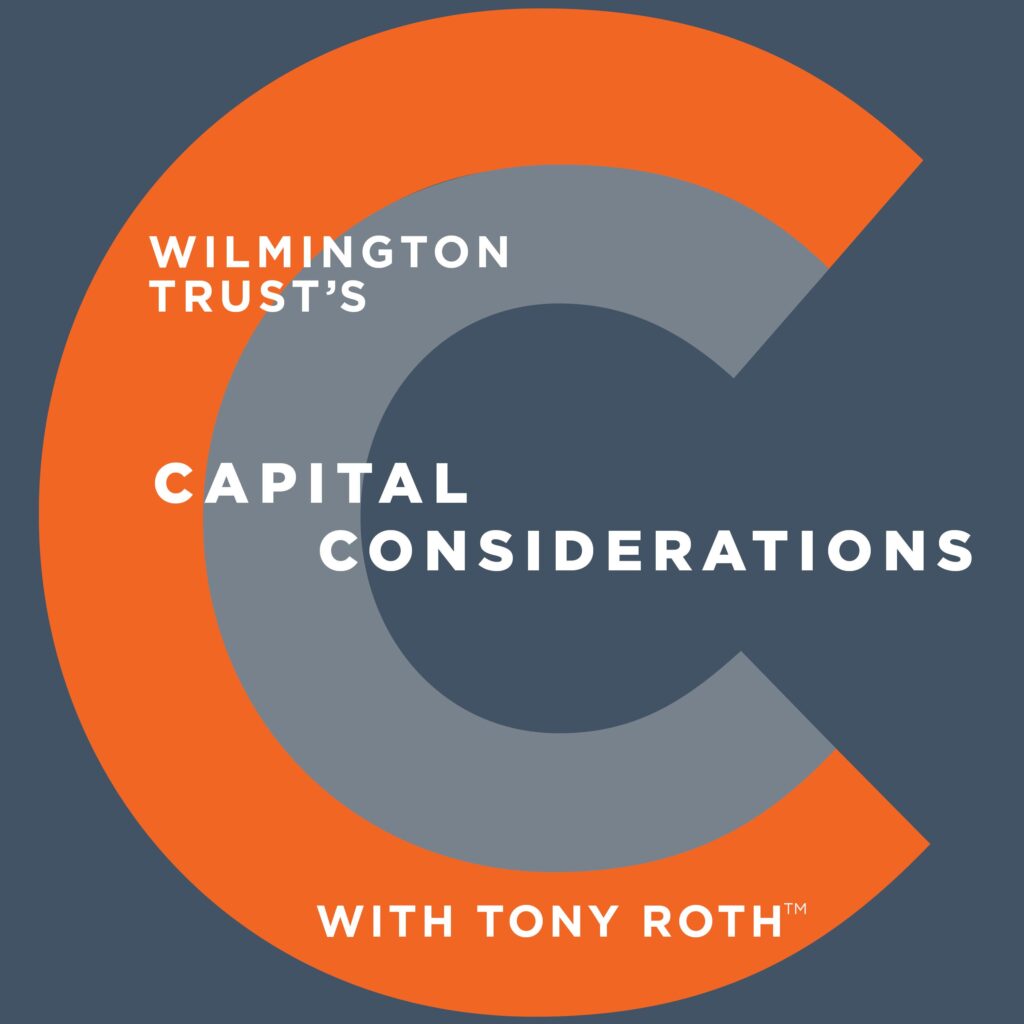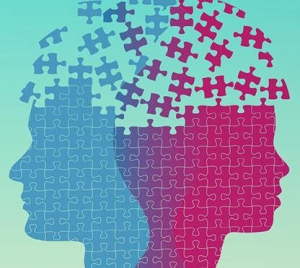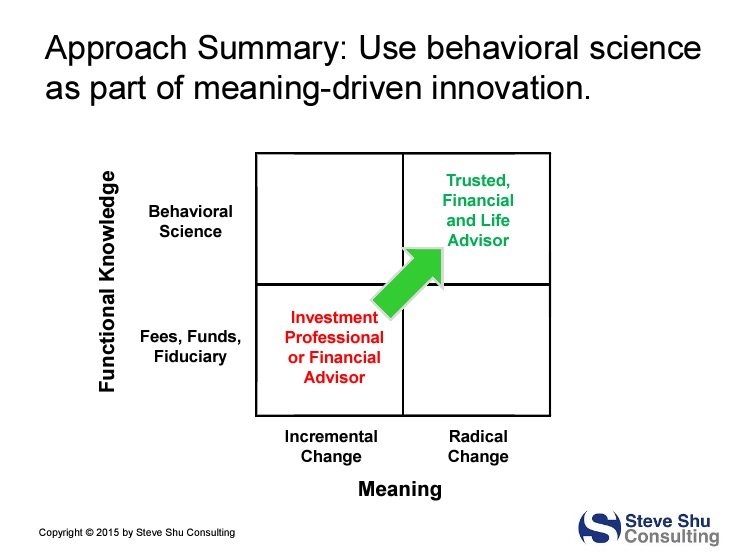Below is lightly-edited, partial summary of the podcast as generated by the AI tool, YoutubeDigest which uses ChatGPT technologies.
TL;DR: This episode of “The Tao of Chao” podcast features Dr. Stephen Shu, a specialist in behavioral economics. The discussion explores how our decision-making processes are influenced by biases and cognitive frameworks rooted in our primal survival instincts. With the increasing volume of information and opinions available, our brains struggle to process it all, leading to echo chambers and confirmation biases. The conversation highlights the importance of recognizing our fast and slow thinking capabilities and encourages reflective thinking to counteract these biases and make better decisions in an ever-changing world.
TL;DR: A thinking tool called “prospective hindsight” can be used to explore different outcomes by imagining a future event and examining the steps that led to it. Avoidance in decision-making can stem from complexity, trade-offs, or a reluctance to consider negative outcomes. While it is impossible to predict the future accurately, a detailed planning process that considers both logic and emotions can help make more informed decisions. In investing, scenario planning and understanding the transmission mechanisms of events can improve decision-making, but it is essential to be aware of biases and actively seek counterfactual information. The abundance of data does not guarantee better decision-making, and the importance of information depends on the context and the significance of the decision.




